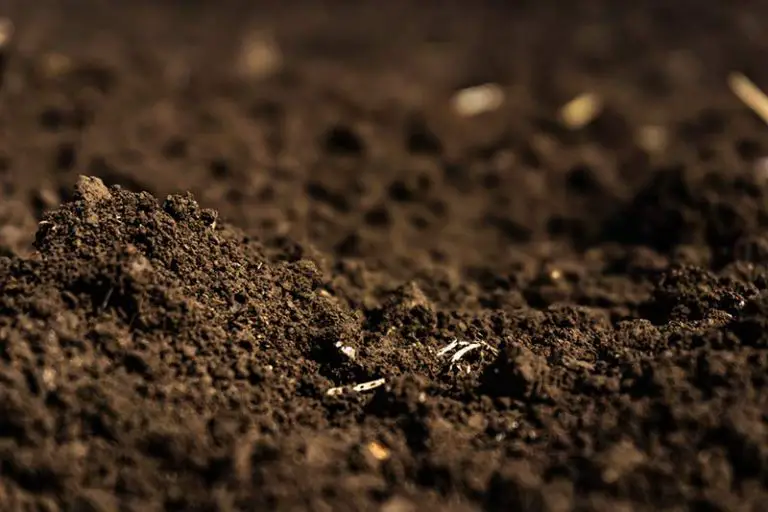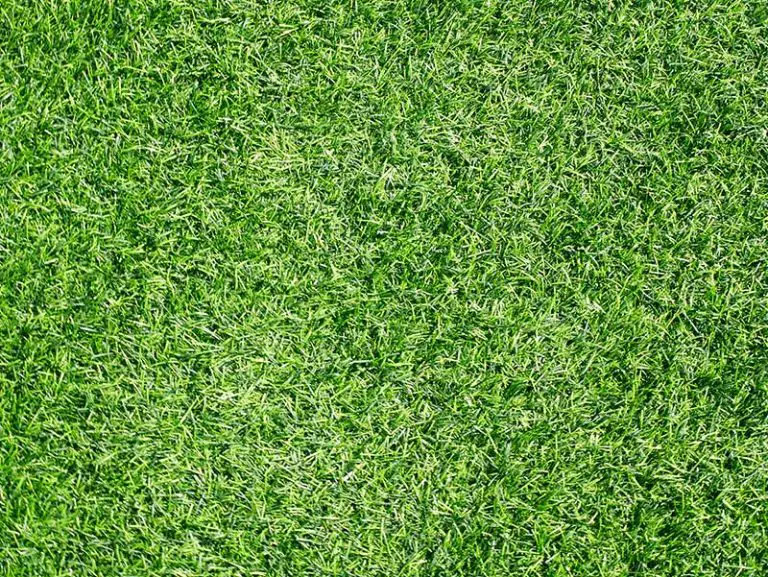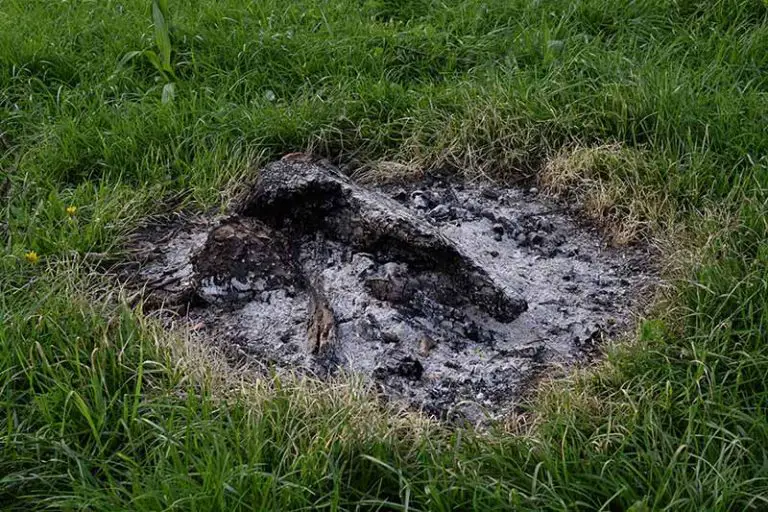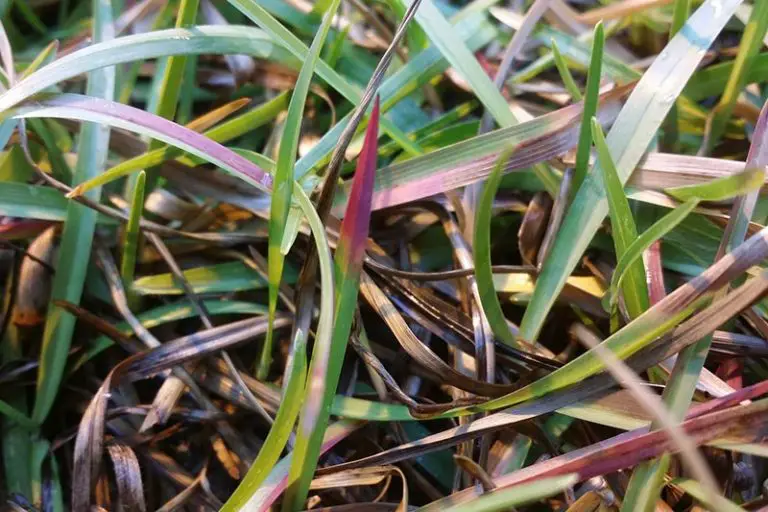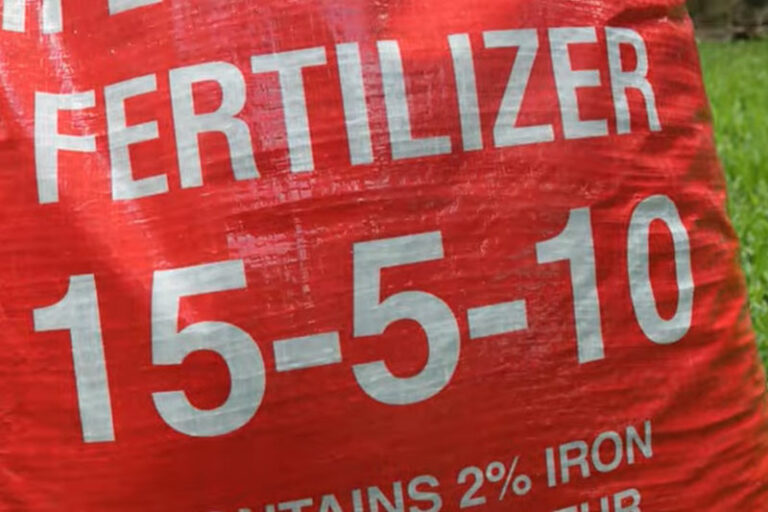Unlock the Benefits of Mushroom Compost
Mushroom compost is of the many types of organic composts you can use in your garden to improve the health of your plants. Being a secondhand product from the production of mushrooms, it is a great eco-friendly option that can provide a range of benefits for your soil and plants if used correctly.
What is Mushroom Compost?
Mushroom compost is a slow-release, organic fertilizer that you can use around both your outdoor and indoor plants. It is a byproduct of the process of growing mushrooms which you can purchase commercially or create yourself at home. Mushroom compost typically contains materials such as straw, corn cobs and hulls, and manure from horses or poultry.

What Are the Benefits of Mushroom Compost?
There is an extensive list of benefits that mushroom compost can provide to your garden beds. In short, mushroom compost can improve soil’s water retention properties and its structure, in addition to being eco-friendly and high in calcium. You can also use it as an effective, nutrient-rich mulch.
Mushroom Compost Improves Water Retention
Mushroom compost naturally retains water very well, making it particularly suitable for plants with moisture-loving roots such as ferns. Due to this water retention ability, soils with mushroom compost require less frequent watering, holding onto water effectively for longer. In addition to reducing your workload, this improves the condition of your soil and the surrounding plants. Reduced watering is less laborious for you and is more sustainable for the wider environment in general.
Mushroom Compost Improves Soil Structure
Soils with mushroom compost also have an improved soil structure due to the compost’s composition. Mushroom composts typically possess a straw base; this aspect of the compost helps to improve the drainage of the soil it’s applied to, essentially breaking down dense soils over time. This is a particularly useful feature if you have very compact or clay-heavy soil.
The improved soil structure from mushroom compost also helps to reduce incidences of waterlogging or standing water in your garden. More effective water drainage such as this ultimately leads to healthier plants with better root systems. It helps to prevent issues that come with having too much moisture in the soil, such as root rot and the spread of fungal disease.
Mushroom Compost is Eco-Friendly
By using mushroom compost, you’re repurposing a substance that would otherwise go to waste. This type of compost is a byproduct of the process of growing mushrooms; commercially-available mushroom compost will have already been used by mushroom farmers for several growing seasons before you purchase it to use as a general compost.
Since you are essentially repurposing a second-hand product, no additional resources were necessary for its production. This makes mushroom compost a more eco-friendly option compared to the other types of commercially-available compost you could buy.
Mushroom Compost is Low in Nitrogen
Mushroom compost is naturally low in nitrogen. This is because the mushrooms that originally grew in it will have already used up much of the nitrogen content before the product reaches you. Although this may seem like a negative, it should be seen as a preferable quality for your compost.
Along with phosphorus and potassium, nitrogen is one of the most important primary nutrients that plants need to grow. However, having too much nitrogen in soil can be detrimental to the plants growing in it. As nitrogen drives plants’ protein and photosynthesis processes, high levels of nitrogen can cause excessive leafy growth; in flowers and fruit crops, this leafy growth is often at the expense of the flowers and fruits your plants are trying to grow.
Too much nitrogen can also cause fertilizer burn and may exacerbate weed growth in your garden beds. The lower level of nitrogen in mushroom compost is ideal to provide a slow-release supply of the nutrient without encouraging weed growth or foliar burn.
Mushroom Compost is High in Calcium
Another essential nutrient that mushroom compost provides is calcium. This makes mushroom compost ideal for use around fruit and vegetable crops with a particular requirement for this nutrient. For example, it’s particularly beneficial to use around tomato crops; without enough calcium, tomatoes suffer from a condition called blossom end rot. Mushroom compost is rich in calcium and can provide it to crops like tomatoes to avoid such issues.
Mushroom Compost Acts as Effective Mulch
You can use mushroom compost as mulch if you add it to the soil in a layer several inches thick. Like all effective mulches, this creates a layer of insulation on top of the soil surface; such a layer protects plant roots by maintaining soil temperatures and preventing essential moisture from evaporating from the soil. On top of this, when you water the mulched area, the water will carry the mushroom compost’s nutrients down into the soil. This provides your soil with a steady supply of nutrients as the mushroom compost gradually decomposes.
Mushroom Compost Attracts Earthworms to Soil
Using mushroom compost in your soil is a great way to attract and support populations of earthworms. Worms love moist soil, and the mushroom compost creates this environment by aiding the soil’s water retention properties. Having a large population of earthworms in your soil brings a number of benefits; by moving around and eating organic matter in the soil, worms improve the soil’s structure, drainage, and aeration. They also help plant roots to extract nutrients and water from the soil more effectively.
What Are the Drawbacks of Mushroom Compost?
Although there are many benefits to using mushroom compost, it isn’t suitable for every gardening circumstance. There are some drawbacks to consider before using mushroom compost on your soil to avoid any unintentional damage to your plants.
Mushroom Compost May Cause Waterlogging in Soil
Although the water retention properties of mushroom compost are beneficial for many types of plants, not all plants prefer this. Plants that thrive in dry conditions, such as succulents, will likely suffer from the addition of mushroom compost. The increased water retention makes the soil too moist for these plants’ roots.
In extreme cases, the increased water retention can lead to waterlogging in the soil; this would be detrimental for plants of any type, regardless of their proclivity towards moist conditions. It’s for this reason that you should use mushroom compost sparingly as a soil amendment rather than a sole growing medium.
Mushroom Compost May Cause Fungal Infestations and Root Rot
Leading on from the previous point, having too much moisture in the soil can cause further problems for your plants. Waterlogged soil leaves your plants at risk of developing serious conditions like fungal infestations and root rot.
Root rot is a condition that sets in when your soil holds too much moisture close to the roots of your plants. This is a serious issue that is difficult to remedy, often resulting in the death of the affected plants. Despite the fact that the soil is retaining so much moisture, root rot essentially causes plants to die of thirst; the plants starve as the rotten roots are unable to take up moisture or nutrients. Fungal infestations are a similarly challenging issue and can also cause your plants to die off; fungi thrive in the overly moist conditions that mushroom compost can create.
Mushroom Compost Often Has High Salt Levels
Mushroom compost tends to contain high levels of salt. When the compost mixes with soil, it somewhat dilutes the high salt content. However, even then the salt levels may be too high for many types of plants. For instance, plants such as blueberries, azaleas, and blueberries are sensitive to high salt levels.
Furthermore, regardless of the plant, all young seedlings are highly sensitive to salt. You should therefore avoid using mushroom compost around salt-sensitive plants, nor should you use it around germinating seeds or seedlings. Ensure that the specific plants you’re trying to grow will be tolerant of some level of salt in the soil.
Mushroom Compost is Sterile
Commercially-available mushroom compost is sterile and therefore contains no beneficial microorganisms. As it is a second-hand product, manufacturers sterilize mushroom compost before selling it. They do so to rid it of potential pests, disease pathogens, and unwanted seeds or weeds. This process unfortunately eliminates both the harmful and beneficial organisms in the compost.
Because it’s sterile, mushroom compost is less effective at protecting plants from the development of disease. Most alternative organic amendments are rich in the beneficial organisms that help protect plants in this way. You can easily counteract this issue by mixing the mushroom compost with non-sterile compost before using it in your garden.
Mushroom Compost May Be Alkaline
Although mushroom compost typically has a neutral pH, some types can be slightly alkaline. This is due to some products containing chalk as a result of their production process. While there are a few alkaline-loving plants, most plants will suffer in highly alkaline soil. Before using your mushroom compost, it’s a good idea to test its pH to ensure it won’t affect your plants.
Will Mushroom Compost Burn Plants?
Due to its high salt content, it is possible for mushroom compost to burn plants. With that said, this is only an issue for salt-sensitive plants, or if you over-use the compost in your garden.
Mushroom compost is typically high in salt due to the manure and gypsum that it contains. These high levels of salt are particularly harmful to germinating seeds and young seedlings; younger plants are more sensitive to high salt levels and will likely suffer from the addition of mushroom compost. There are also several plants that are sensitive to salt even when mature. The resulting burn presents itself as yellow discoloration on the foliage of the affected plants. This is why it’s crucial to use mushroom compost sparingly, or to avoid using it entirely around overly salt-sensitive plants.
Plants that Don’t Like Mushroom Compost
As we’ve just touched upon, there are a few plants that don’t like mushroom compost. Firstly, the high salt content makes mushroom compost unsuitable for salt-sensitive plants. Its high alkaline content also means that this compost isn’t suitable for acid-loving (i.e. ericaceous) plants.
The plants that don’t like mushroom compost include:
- Most berries including blueberries and strawberries
- Azaleas
- Aster
- Camellias
- Ferns
- Gardenias
- Geraniums
- Heather
- Holly
- Japanese Maple
- Rhododendrons
- Salvia
- Sage
- Lupine
- Zinnia
If you’re trying to grow any of these plants, you should avoid using mushroom compost around them. There are a number of alternative substances you can use in its place, such as regular potting soil, mulch, or manure.

How to Make Mushroom Compost
Mushroom compost is widely available for purchase, usually under the name of ‘spent mushroom compost’ or ‘spent mushroom substrate’. You can alternatively make this eco-friendly option even friendlier by making mushroom compost yourself at home.
1. Mix Mushroom Composting Materials
You will first need to mix together your composting materials. Mix soil, straw, and chicken manure in a ratio of about 4:4:2, adding it along with your mushroom bacteria. Allow the pile to sit undisturbed for about 1 to 2 months to give it a chance to heat up. Over this time, the straw and manure supply energy to the bacteria in the mix. Your mushrooms should then be ready to harvest.
2. Leave Mushroom Compost to Process
After you harvest your mushrooms, it’s necessary to let the compost process further before you can use it safely. If you use the compost while it’s too fresh, the high nitrogen levels are more likely to cause fertilizer burn. You will need to let the compost sit for 3 to 4 weeks, monitoring it constantly.
Over these weeks, keep checking that the temperature of your compost is at a minimum constant of 140°F. This is necessary to fully pasteurize the compost. In commercial production, manufacturers achieve this by injecting 140°F steam into the compost pile; this is difficult to do at home and not entirely necessary. You can instead turn the compost every few days for about a month to achieve the same results.
Although it isn’t necessary, the steam heating method is best to produce the best quality mushroom compost possible. This process kills off disease pathogens, pest larvae, and any seeds or weeds potentially occupying the compost. If you can carry it out, this method is optimal over simply turning the compost.
3. Let Mushroom Compost Cool
After your mushroom compost has had the chance to fully pasteurize, you’ll need to allow it to cool before using it. As a general rule, compost should be either a temperature below 90°F, or, that of the ambient air temperature; for example, it’s safe to use compost at a temperature of 100°F if the air temperature is also 100°F. Any warmer than this and the compost will cause your seeds or plants to overheat and die. Once your compost is cool enough, you’ll be able to safely use it in your garden.
How to Use Mushroom Compost
You can use mushroom compost to either amend garden soil for planting or as a top dressing for the soil.
How to Use Mushroom Compost for Planting
You should never use mushroom compost as a sole growing medium. Due to its water retention properties, mushroom compost will retain too much moisture on its own. As we’ve already explained, this will inevitably lead to issues like root rot and fungal infestations. Mushroom compost is best when used as an amendment rather than a growing medium.
It’s therefore essential to first dilute the mushroom compost with regular soil before using it around your plants. This will also reduce the concentration of salt in the compost and ensures it releases its nutrients gradually and evenly. Simply mix the neat compost with soil, doing so in a ratio of 1 part compost to 2 parts soil. You can alternatively purchase mushroom compost that is pre-mixed with soil.
How to Use Mushroom Compost to Top Dress Soil
You can also use mushroom compost to top-dress soil where it will behave as an organic mulch. This will improve your soil’s water retention and temperature regulation while providing it with nutrients as the compost breaks down.
To use it as a top dressing, add the mushroom compost to your soil in a layer of 1 to 2 inches thick. Make sure to leave a gap around plant stems and the bases of tree trunks.
How to Use Mushroom Compost in Your Houseplants
An additional use for your mushroom compost is as an amendment for your indoor houseplants. As it would in your garden, mushroom compost helps your houseplants to retain moisture while supplying them with slow-release nutrients. It’s most beneficial for tropical, moisture-loving houseplants; conversely, it isn’t suitable for plants that prefer dry soil like succulents or cacti.
Add the mushroom compost sparingly in very small quantities to your houseplants’ soil. For this use, it’s crucial that your houseplant pots have drainage holes in their bases.

